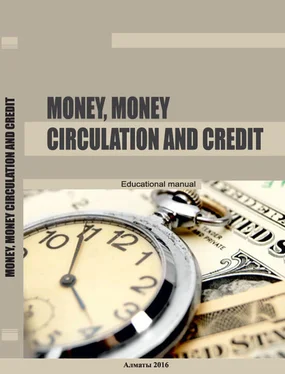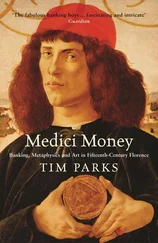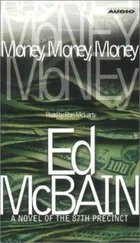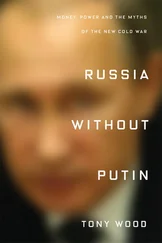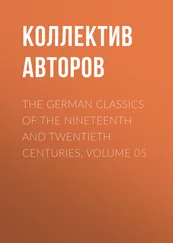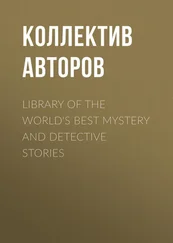M.T. Zholamanova, R.D. Doszhan, M.Zh. Daribaeva, A.V. Khamzaeva
Money, money circulation and credit
The most dynamically developing sector of Kazakhstan’s financial system is banking sector. Any economics is based on objective economic laws, one of which is money circulation. Money cycle happens under the influence of financial institutes and first of all of banks which create the basis for money circulation and are linked with all the branches and sectors of the economic.
Banks provide sponsorship for different forms of entrepreneur- ships of producing and nonproducing spheres, managing sphere and supply budget with necessary funds. Either the banks carry a two-way traffic of money borrowed. Development of the State payment system, national currency stability, growth of economics and human wellbeing depend on condition and reliability of the banking system. It stipulates the necessity of qualification level quality improvement of the banking specialists.
This study guide consistently and intelligibly describes the basic questions of the course «Money. Credit. Banks» shows the basic theoretical and practical knowledges of banking, its organization, peculiarities and problems of development. In substantial plan this study guide satisfies the requirements of the State educational standard with a specialization in «Finance» and the program of the course «Money. Credit. Banks.»
The study guide reveals the meanings of money, money circulation, monetary system, the essence of credit functions, credit system, bank, banking, bank operations and the modern picture of Kazakhstan’s banking system, its structure and the basic directions of modernization and also the National Bank of Kazakhstan activity organization, its functions, essence and bank operations content are reviewed.
A special attention is paid to the questions of commercial banks’ activity organization, to the meanings of proprietary and borrowed resources.
The active operations of commercial banks are described in sufficient detail, as traditional (credit provision and transactions in securities) and far less the case in banking practice (leasing, forfeiting, factoring, trust and exchange operations). The meanings and classifications of banking risks, methods of their control are noticed.
Such approach allows to support the logic of the study guide exposition and to examine deeply the learned categories.
The application examples are exemplified from the banking activity experience. Illustrations (schemes, drawing, diagrams and tables) provide the easiest study of reviewed themes.
During this study guide publishing the National Bank of Kazakhstan’s law and regulations were used and the works of famous Kazakh and Russian economists Khamitov, G.S. Seitkassimov, Sh.R.Abdilmanova, S.Zh.Yntykbayeva, U.M. Iskakov, O.I. Lavrushina, Z.G. Shirinskaya, E.F. Zhukov, etc.
Section 1. THE ESSENCE AND FUNCTIONS OF MONEY
1.1.1. The necessity and essence of money
Money is probably one of the greatest inventions of a human thought. It hasn’t any analogues in an animated nature. The whole structure of the modern economy is determined by the existence of money. The world economy has two basic theories of the money origin: rational and evolutional.
According to the rational theory money is the result of an agreement between people who invented them as a special instrument used for goods exchange.
The followers of this theory were such famous American economists as John Kenneth Galbraith, Campbell R. McConnell, Stanley L. Brue, Paul Anthony Samuelson, etc.
At present time when the modern types of money are in daily use (paper and electronic money) this theory looks quite reasonable and reliable. However it doesn’t discover any mystery in the money nature understanding. Though the rational theory followers themselves do not deny it.
The second theory was offered by Karl Marx. He affirmed that the money mystery will disappear if retrace their history «… from the simplest form of exchange to the brightest – monetary form».
Karl Marx linked the evolutional theory of money origin with the labor theory of value whereof follows that the cost of good measures by the quantity of abstract labor (i.e. labor in common, not exact) spent on its production.
Nowadays the majority of native scientists hold the evolutional theory of the money origin. There are several stages of the money evolution history:
The first stage is simple or elementary form of value.
The money origin date to 7 th-8 thmillenium B.C.E. when the primitive people recognized some surpluses of the products which could be changed on the other required products, i.e. the exchange occurred at random: one product valued by another opposite. Marx wrote that this form is not so simple as could seem because it has two poles of value expression.
On the first pole is the good which expresses its value, which plays the active role (relative form of value); and on the second pole is the good which is used as a material for the first good value expression, which plays the passive role and is in an equivalent form. Thus, the relative and the equivalent forms are the two poles of the value expression.
The equivalent form of value has Эквивалентная форма стоимости some features:
The use value of the equivalent good serves as a form of the opposite good value expression;
The concrete labor spent on the equivalent good production serves as a form of the opposite abstract labor expression;
The private labor spent on the equivalent good production serves as a form of the opposite social labor expression.
The second stage is a total or expanded form of value.
The labor division with the human productive power development which expended the range of the got goods strongly resulted the requirement in the labor products exchange. Initially it was a simple exchange of one good on another which in small scale is still applied up to now and is known as «barter».
With the pastoralist and agricultural tribes’ development the first big social division of labor: people began to exchange many different social labor items and goods of relative form of value. The substantial fault of this form of value that the value of each good doesn’t get reasonable expression because of a wide range of the equivalent goods exsistance.
The third stage is a general form of value.
With an increase of the exchange operations volume and the range of exchanged goods the natural exchange on the principle of «the good for the good» became more and more problematic, led to the time loses during the searches of companions or to direct damages if perishable goods staled.
It can be assumed that some nebbish sellers at a risk of the goods loss or in despair exchanged them not on needed but on fast-moving in order to exchange it again on required. Thus, the fast-moving goods appeared which played the role of the first «commodity» money. Multiple usage of the fast-moving goods as an intermediary made them common twice. That is why the ratios in which they were exchanged on the other goods became stable. It let us say about the birth of «the equivalent goods» which confirms their role and functions of the commodity money.
Thanks to such money the process of purchase and sale separates in space and time and the commodity money themselves become the payment units which formulate the scale of prices in terms of the money units’ quantity paid for the purchased goods.
This process happens spontaneously beyond the control and desire of the concrete goods producer simultaneously to the market and its divisions’ birth. The predictability of the other subjects’ behavior increases, the indefiniteness decreases and as a result the individual expenses (charges) diminish together with the common.
Читать дальше
